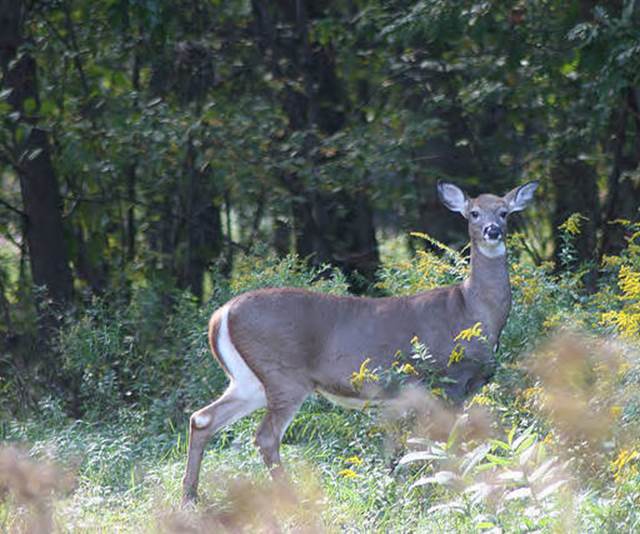
 Official Site of The State of New Jersey
Official Site of The State of New Jersey
The Department of Environmental Protection’s Fish and Wildlife has confirmed Epizootic Hemorrhagic Disease (EHD) in Cumberland and Gloucester Counties. EHD is not a threat to public health.
EHD is a common viral disease in deer that is transmitted by biting midges in the genus Culiocoides. EHD outbreaks in New Jersey typically occur in August through October and end with the first hard frost, which kills the midges which carry and spread the disease.
Symptoms of EHD in deer may include difficulty standing, drooling, lethargy, respiratory distress, foaming from the mouth or nose, and swelling of the face, tongue, and neck. Because the disease causes fever, sick or dead deer are often seen in or near water, after drinking or attempting to cool off. Affected deer may also show reduced activity, loss of appetite, and develop ulcerations on their tongue.
Multiple EHD outbreaks have occurred in various parts of New Jersey since 1955, including in 2021 where a significant outbreak was documented, and the first documented case of Blue Tongue (a related virus) in deer in 2014.
Fish and Wildlife will continue to sample and test deer from counties where EHD has not yet been confirmed. Please report suspect deer at: NJDEP | Fish & Wildlife | Hemorrhagic Disease in New Jersey Deer; report form is at bottom of page.